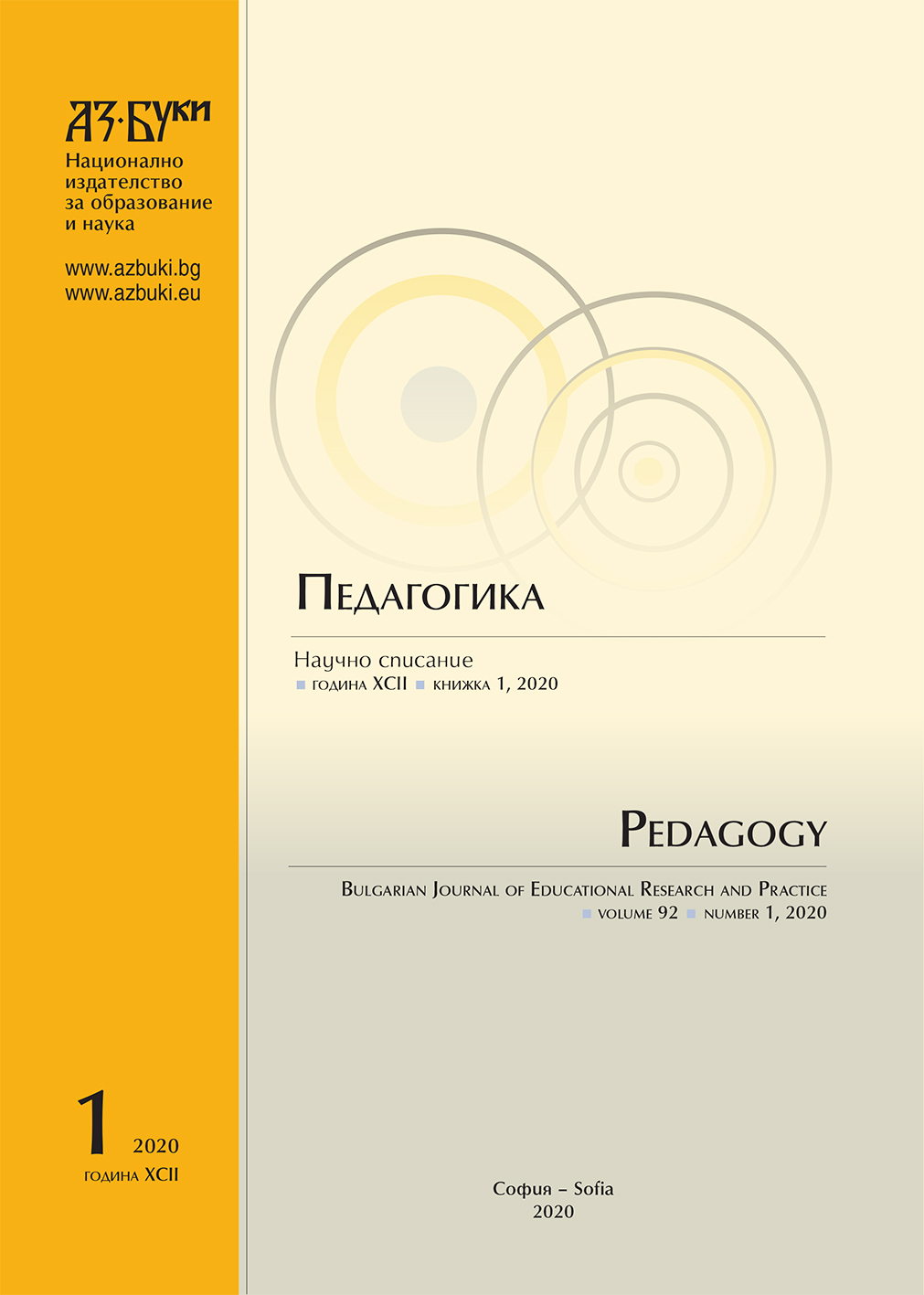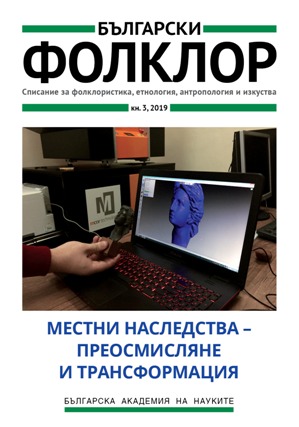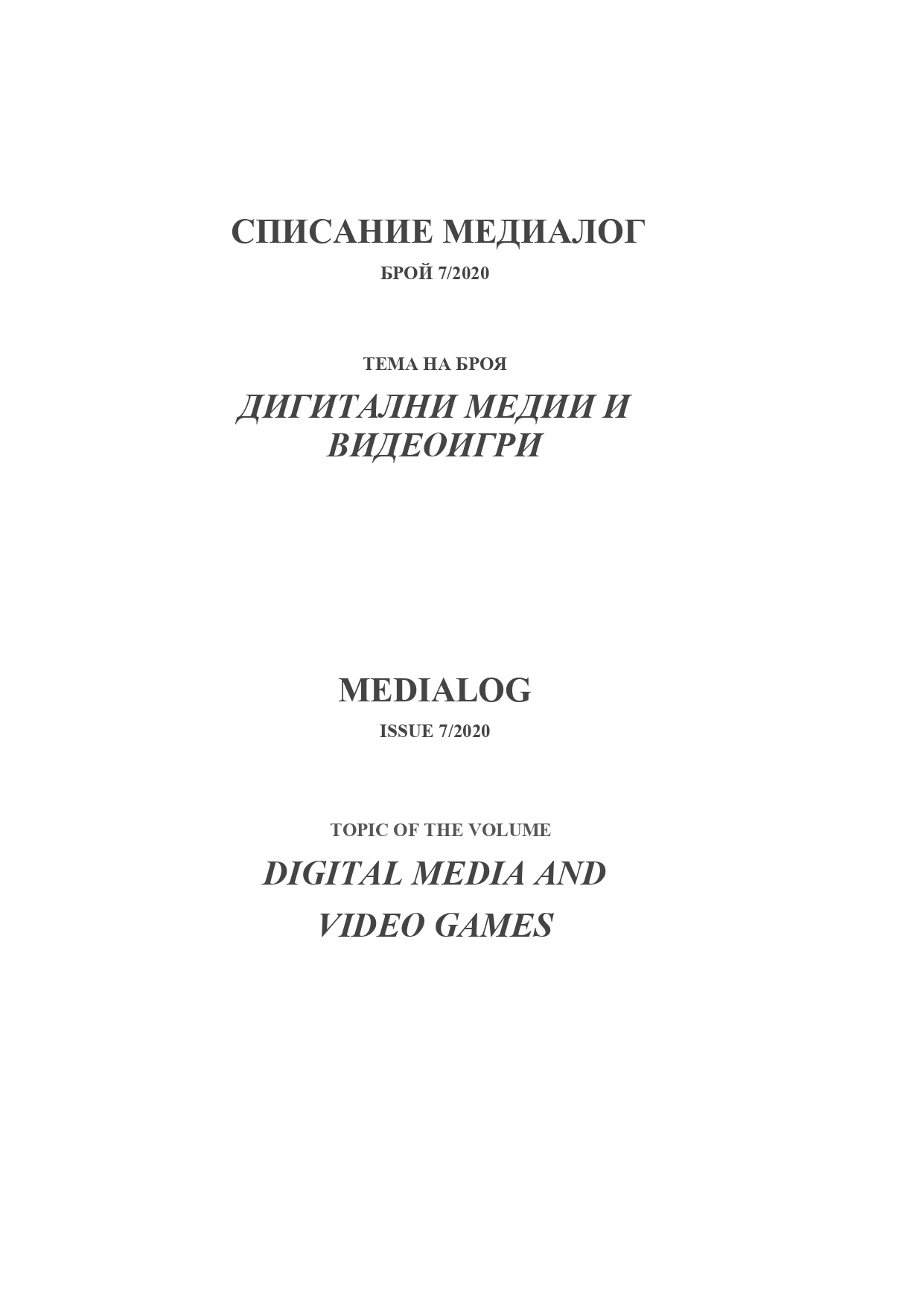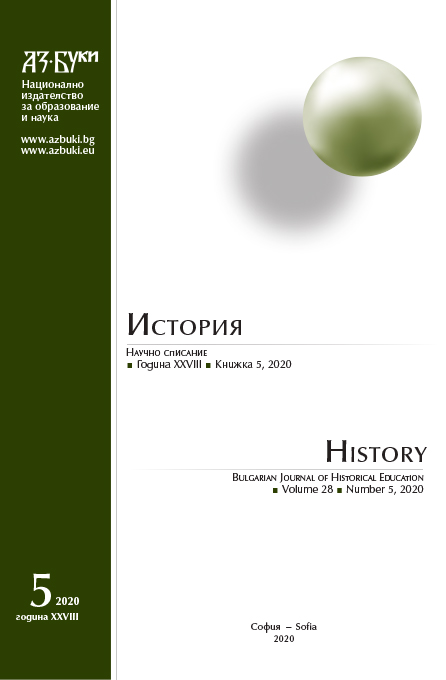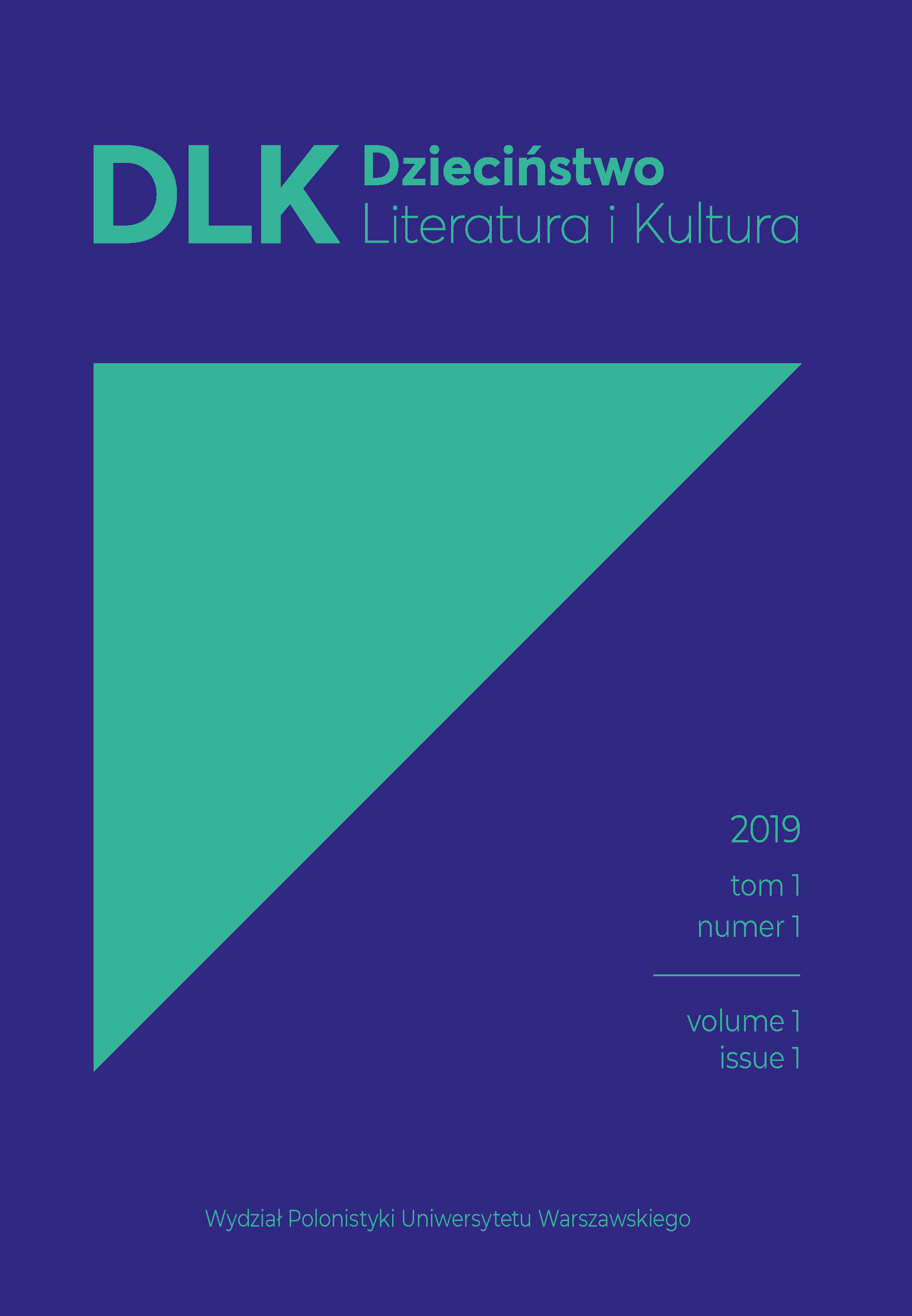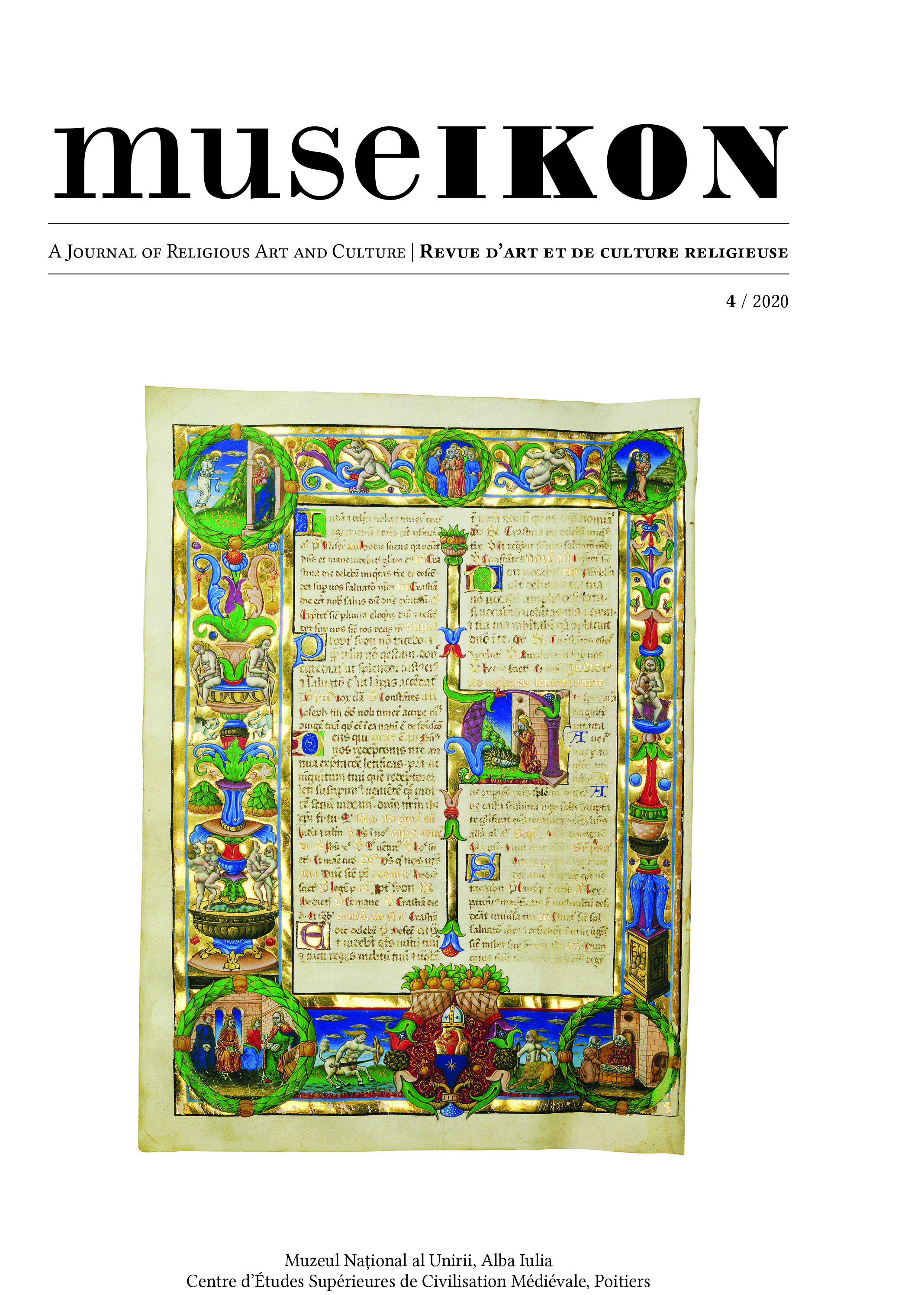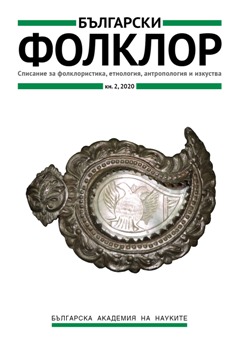
Broderies de tradition byzantine en Roumanie du XVe au XVIIe siècle.
During the France-Romania Season, the Louvre Museum hosted the first Romanian art exhibition ever organized by this prestigious museum, The Byzantine tradition of embroidery in Romania between the 15th and 17th centuries. About the standard of Stephen the Great, from April 17 to July 19, 2019. 36 exhibits from Romanian and French collections were presented to the French public, of which a unique ensemble in the world of embroidery from the collections of the National Art Museum of Romania, the National History Museum of Romania, and the monasteries Putna, Sucevița, and Three Hierarchs, illustrating the liturgical textiles used in the Orthodox churches, and the particular character of the Romanian tradition. The exhibition equally focused on the symbolic gesture made by the French state to return to Romania the battle standard of Stephen the Great in 1917, one of the most beauti-ful Romanian embroideries, created in 1500 and recovered by the French army from the Zographou monastery during the First World War. In addition, the important contribution of the researcher Gabriel Millet was high-lighted by a series of photographs and watercolours, as Millet’s pioneering volume La broderie religieuses de style byzantin led to a better understanding and promotion of the unique heritage of post-Byzantine embroidered textiles in Romania.
More...

